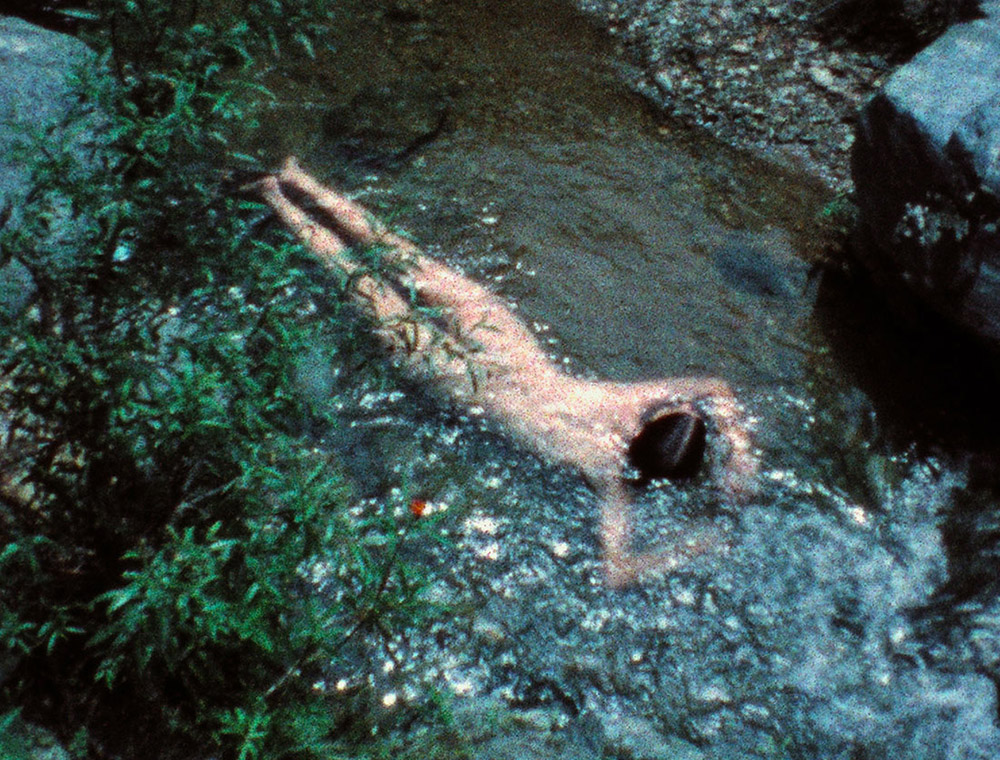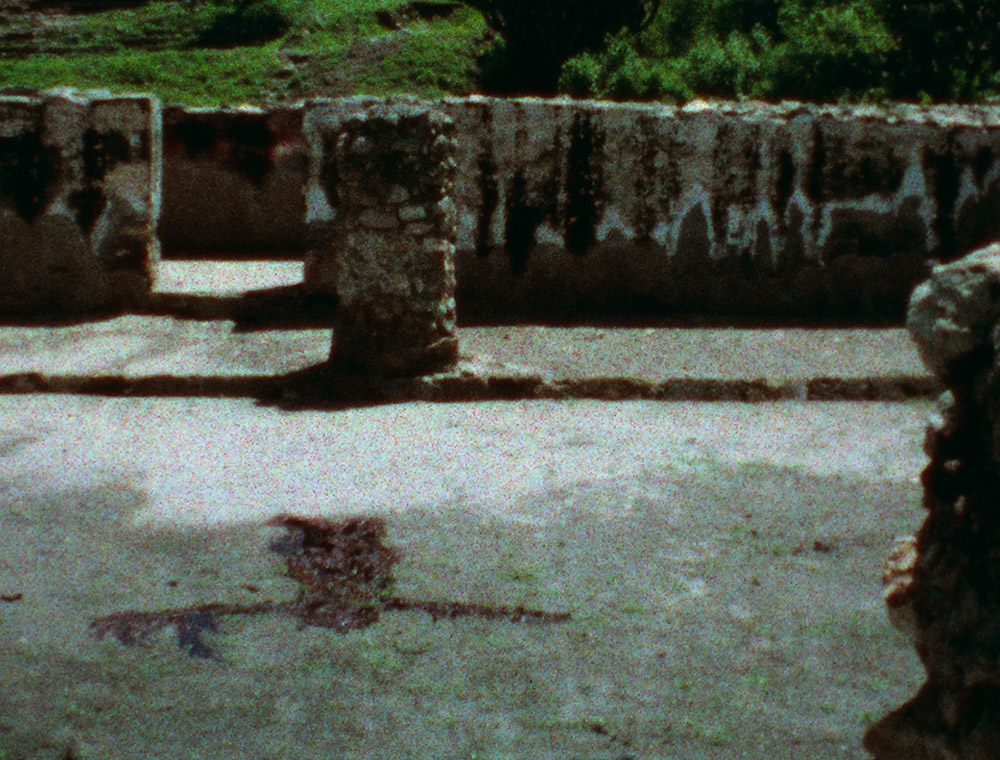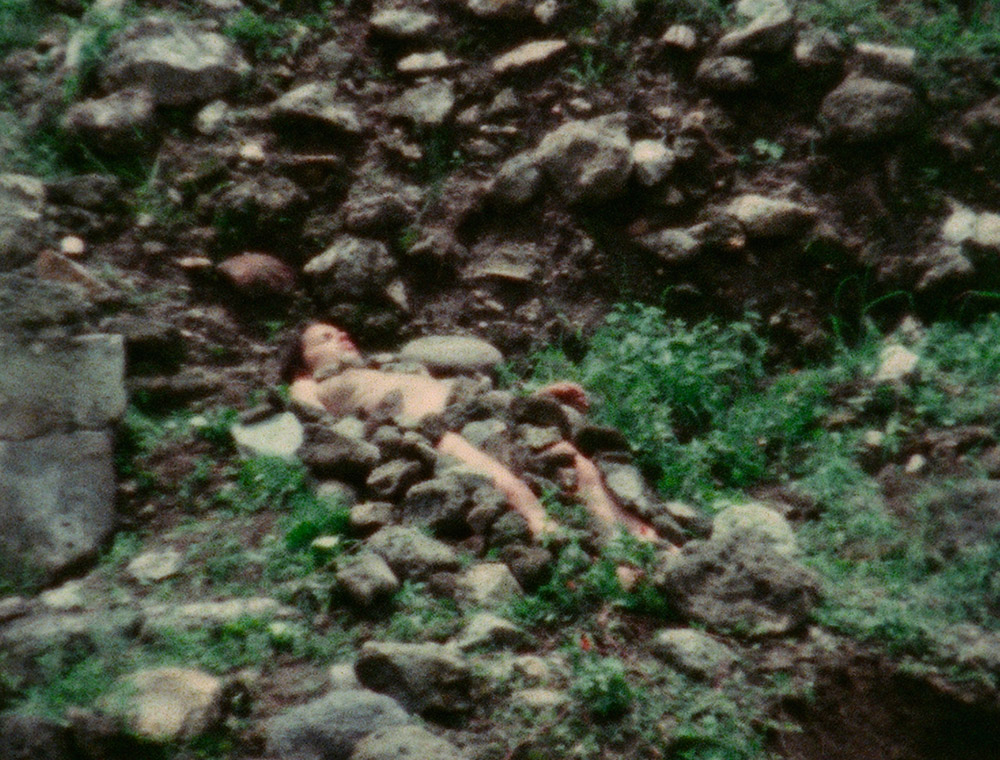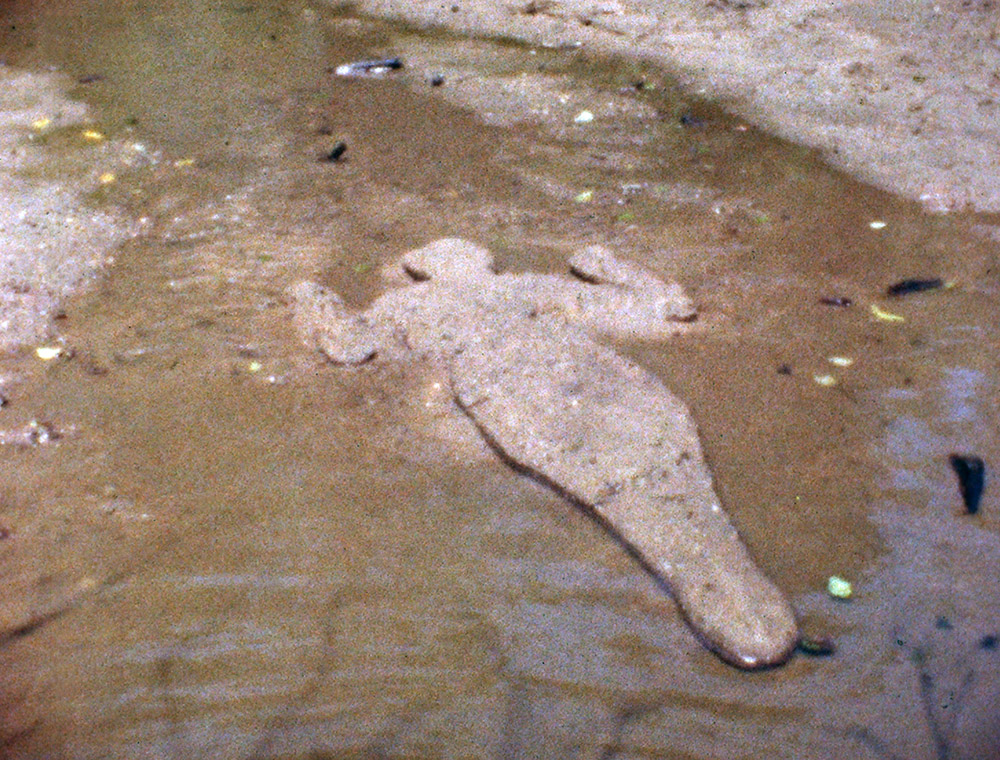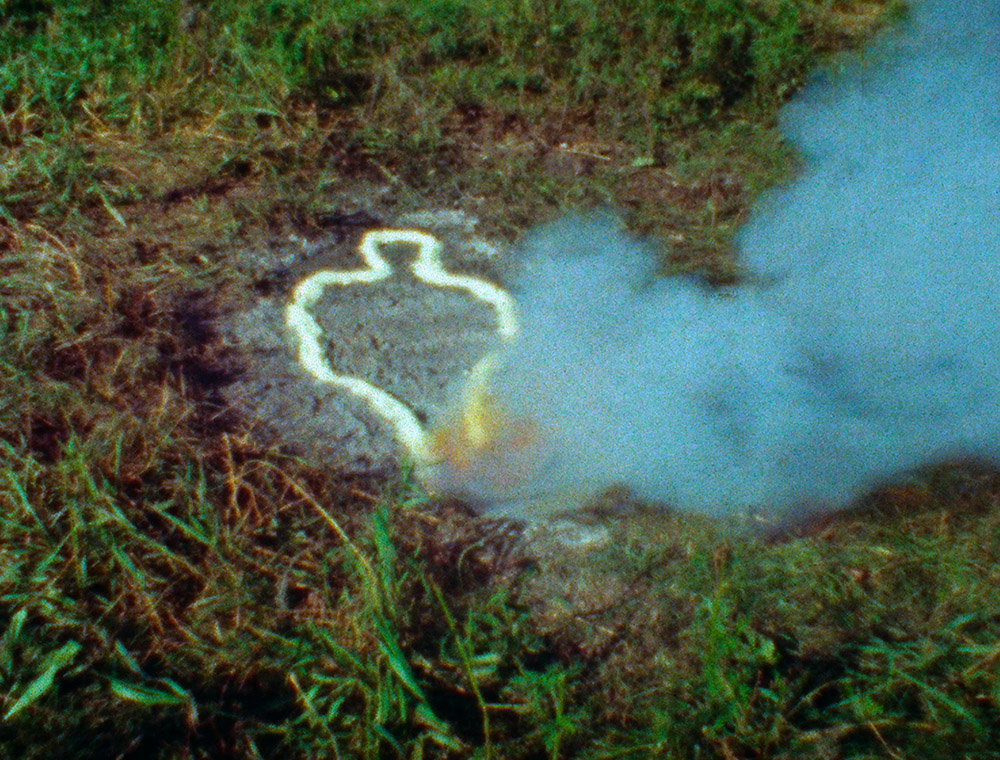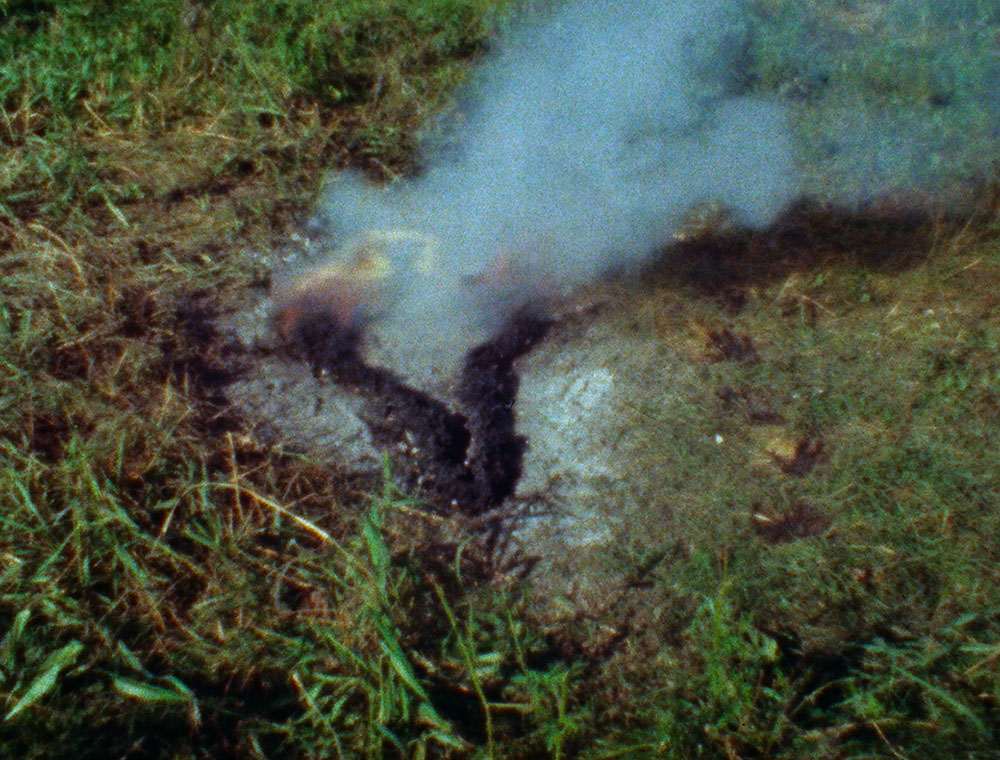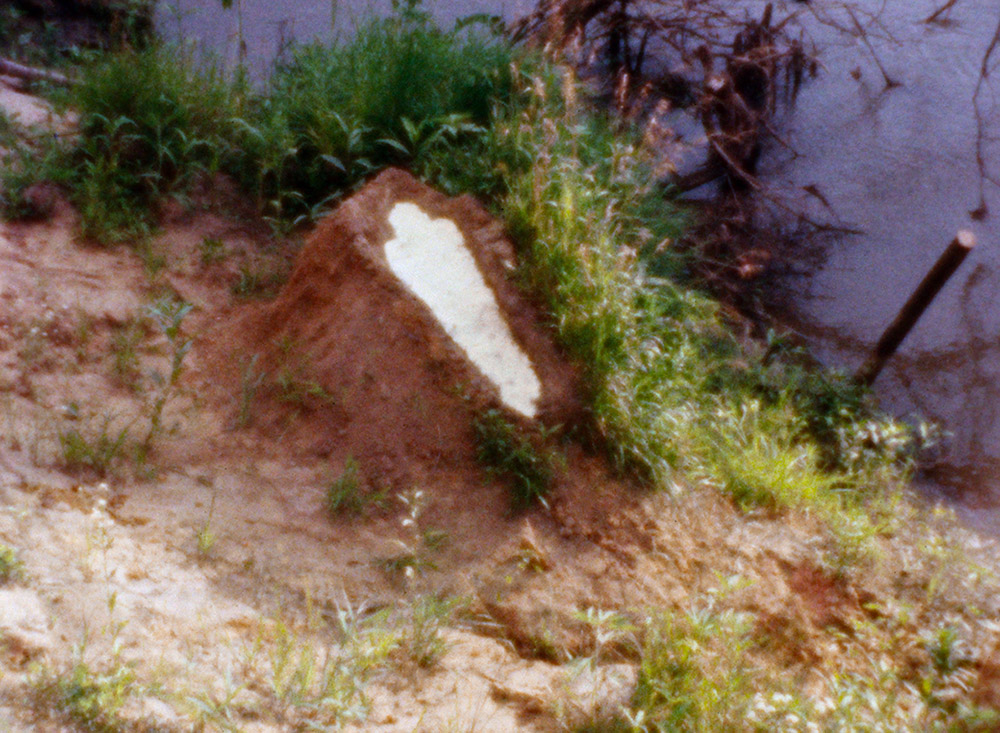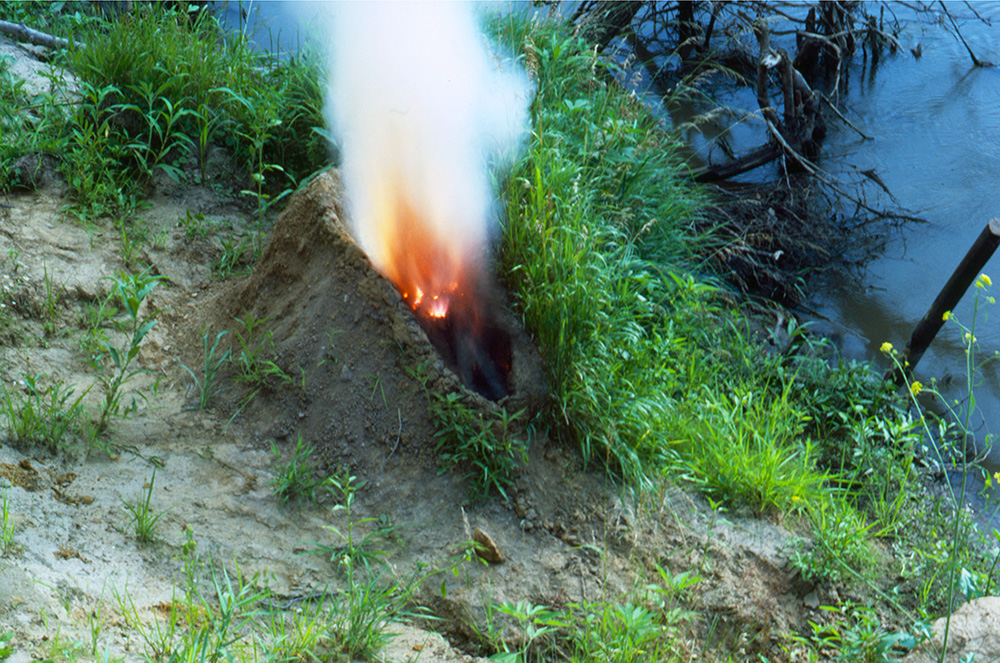ART-PRESENTATION: Ana Mendieta-Covered in Time and History
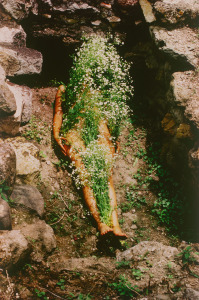 Ana Mendieta was a Cuban born artist whose practice included sculpture, performance, photography, film, video, drawing and site-specific installation. Her works refer to cultural, religious and artistic influences, from Afro-Cuban and indigenous Caribbean traditions to Catholicism, to conceptual art and post-minimalism. Working from the early 1970s through to the mid-1980s, Mendieta pioneered themes such as displacement, identity politics and the female body which continue to forefront the work of major contemporary artists today.
Ana Mendieta was a Cuban born artist whose practice included sculpture, performance, photography, film, video, drawing and site-specific installation. Her works refer to cultural, religious and artistic influences, from Afro-Cuban and indigenous Caribbean traditions to Catholicism, to conceptual art and post-minimalism. Working from the early 1970s through to the mid-1980s, Mendieta pioneered themes such as displacement, identity politics and the female body which continue to forefront the work of major contemporary artists today.
By Efi Michalarou
Photo: Jeu de Paume Archive
The exhibition “Covered in Time and History: The Films of Ana Mendieta” is the first Museum exhibition devoted to the filmworks of the highly acclaimed Cuban-American artist (Havana, 18/11/1948 – New York, 8/9/1985). Bringing together 20 moving image works and 27 related photographs, the exhibition is the largest gathering of the artist’s filmic work ever presented as a full-scale exhibition in France. At the age of 12, after her father joined anti-Castro counterrevolutionary forces, Mendieta was sent to the United States with her sister under Operation Pedro Pan. They spent their first weeks in refugee camps before being sent to an orphanage in Dubuque, Iowa. As an immigrant, Mendieta felt a disconnect in the United States. The trauma of being uprooted from her Cuban homeland as a girl would leave her with questions about her identity and make her more conscious of being a woman of color. In 1966, the year she began studying painting at the University of Iowa, Mendieta was reunited with her mother and younger brother; her father joined them in 1979, having spent 18 years in a Cuban political prison for his involvement in the Bay of Pigs invasion. During her brief career, from 1971 to 1985, Ana Mendieta produced a remarkable body of work, including drawings, installations, performances, photographs and sculptures. Lesser known, her production of films and videos is particularly impressive. Her 104 filmworks produced between 1971 and 1981 make Ana Mendieta one of the leading figures in the practice of multidisciplinary visual art that emerged in the 1970s and 1980s. During the 1970s Mendieta travelled to Mexico nearly every summer, where she made many important artworks. The themes of memory and history are introduced in “Silueta del Laberinto” and “Burial Pyramid”, both produced in Yagul, Mexico, in the summer of 1974, in which, Mendieta defines her unique earth-body aesthetic by merging her body with the land and the ancient culture it symbolized. “In 1973 I did my first piece in an Aztec tomb that was covered in weeds and grasses—that growth reminded me of time. I bought flowers at the market, lay on the tomb, and was covered with white flowers. The analogy was that I was covered by time and history”. The exhibition presents these films together with “Mirage” (1974) that explores personal memory through the story of Mendieta’s separation from her family in Cuba, by means of a dual narrative relating the mother-daughter relationship and “Untitled: Silueta Series” (1978) that reveals Mendieta’s interest in the ritualistic aspect of art and the transformation of the earth into a sacred space. The exhibition includes 4 films from a series of 18 Mendieta made between 1972 and 1975 that incorporated the use of blood as an artistic material. “Sweating Blood” is the only film that features Mendieta’s face in extreme close-up, seen through an attenuated sense of time, the work is a 3-minute long silent film created on super-8 color film in November of 1973. In the fall of 1973, Mendieta began teaching art at an Iowa City public school. Eight months after the rape and murder of fellow University of Iowa student Sara Ann Otten, Mendieta was still actively creating response pieces surrounding violence enacted on women and rape. She employed blood as a powerful symbol with strong violent and political connotations. Many of her pieces created around this time, such as “Untitled (Rape Performance)” and “Untitled (Bloody Mattress)”, involved very literal implications in her usage of blood. She clearly communicated an emotional response to Otten’s death and a call for awareness and action on violence against women. “Sweating Blood”, however was a bit more ambiguous in Mendieta’s usage of blood and the films overall meaning. These films explore the themes of the body, identity, gender, and ritual. Sweating Blood, from 1973, is the only film that features Mendieta’s face in extreme close-up, seen through an attenuated sense of time. The exhibition includes. One of the rare films in which Mendieta is seen writing out a declarative statement by hand is “Blood Sign” (1974). The themes of earth, fire and the tree of life are presented at Jeu de Paume through a collection of 7 films shown together in the same gallery. Mendieta used fire in 38 of her films. In “Volcán”, the artist uses the form of the volcano as a metaphor for the earth as a site of solace and disaggregation. In “Untitled: Silueta Series (No. 72)” a silueta shape burns inside a cave-like structure Mendieta has also carved into her silueta form. The exhibition includes the documentary short film Ana Mendieta: Nature Inside by Raquel Cecilia Mendieta. This film features rarely-seen images of the artist and a voice track of Ana Mendieta speaking about her work in a lecture she gave at Alfred University in 1981. Nearby in the Jeu de Paume gallery is a vitrine with film-making ephemera and equipment, curated by Raquel Cecilia Mendieta. The three last filmworks in the exhibition, all made in 1981, form a trilogy on the relationship between displacement, return and reconciliation. “Esculturas Rupestres” is the epic cycle of sculptures that Mendieta carved into the limestone walls of the Cuevas de Jaruco. A journey through real and metaphorical time, this film marks Mendieta’s return to Cuba and her link with the ancient myths of the Jaruco Caves. “Untitled” takes place on the beaches of Guanabo, near Havana. Here, Mendieta speaks of the longing for her homeland and the extended time of separation. “Ochún” is a video produced off the coast of Key Biscayne, Florida. The figure here points towards Cuba, the waters between Florida and Cuba rippling through its form. The exhibition includes the documentary short film “Ana Mendieta: Nature Inside” by Raquel Cecilia Mendieta. This film features rarely-seen images of the artist and a voice track of Ana Mendieta speaking about her work in a lecture she gave at Alfred University in 1981. Ana Mendieta tragically died in 1985 in New York, after falling from her 34th-floor apartment in Greenwich Village. She lived in this apartment with her husband, Carl Andre. Prior to her death, neighbors heard the couple quarreling, which led to Andre getting accused of Mendieta’s death. However, there was a recording of Carl Andre’s call to 911, in which he explained the reasons behind their arguments; allegedly, Mendieta was jealous of Andre since he was more exposed to the public than she was. In 1988, Andre was tried and later on acquitted of her wife’s murder and during three years of legal proceedings, Mendieta’s death was attributed to accident or perhaps suicide. Carl Andre was found not guilty and his acquittal enraged feminists in the art world.
Info: Curators: Lynn Lukas and Howard Oransky, Jeu de Paume, 1 Place de la Concorde, Paris, Duration: 16/10/1/-27/1/19, Days & Hours: Tue 11:00-21:00, Wed-Sun 11:00-19:00, www.jeudepaume.org
